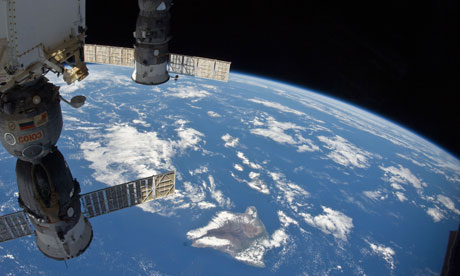
The International Space Station arose when the US, Russia and other countries merged plans for independent space projects in 1993. The Russian Zarya (Star) module was the first to be lofted into orbit in November 1998.
The station was designed as an orbiting science laboratory and researchers have already carried out more than 400 experiments on board.
Science on the space station follows broad themes, including human research, biology, physics and materials science, technology, earth and space research and education.
Humans are affected by weightlessness and cosmic radiation in space, so many projects look at bone and muscle wastage, heart function, the behaviour of genes, and how the nervous and immune systems react to life in orbit.
The outside of the European Columbus module is used to expose organisms to the harsh environment of space. Experiments with lichen have found they survive well, despite the vacuum and constant bombardment of cosmic rays and UV light from the sun. Other experiments are investigating how plants and other organisms use gravity to decide which direction to lay down roots.
The space station is a major base for Earth observation. Cameras on board monitor crop growth, atmospheric greenhouse gases and lightning strikes.
In February next year, the space shuttle is set to deliver a piece of equipment called the alpha magnetic spectrometer. The giant drum-shaped device will survey the skies to answer questions such as: where do cosmic rays come from? Are there far away galaxies made of antimatter? And what is dark matter made of?

